.jpg)
In the last 29 years, there have been a handful of occasions where I have felt fully present, fully alive, fully in the moment.
Yesterday was one of those occasions.
It is impossible to describe the magic that occurred June 5 at the 18th annual Lurie Cancer Survivor's Walk. Instead I will try to show you.
To introduce all of you Oy!sters to my story, here is my speech from that day:
Magic
It feels so good to be here.
I am going to do my best to hold it together, but I make no guarantees, since I am fresh off of chemo, I am hypersensitive, I am emotional, and this is the most magical day of my life.
It is nothing short of miraculous that I have the opportunity to stand before you to share my story, to open my heart, and to let you into my world. Northwestern—thank you for the opportunity, I am forever grateful.
First, let’s a take a look around. Have you ever seen a more beautiful crowd?
To my cancer crushing warriors, adorned in purple, we know what it’s like to go to war, to fight with every last strength, and to face our greatest fears. I am honored to stand with you, and I am overwhelmed by your strength and your courage. My heart goes out to you.
To our family, friends, and loved ones, who have lifted us up, held our hands, wiped away our tears, and have served as our cheerleaders throughout our fight—we couldn’t be here without you.
And to the Lurie Cancer Center’s remarkable staff, you are angels who work tirelessly to help us survive, to make us comfortable during our darkest moments, and to give us hope that tomorrow will be better than today.
My Name is Jenna Benn, I am 29 years old and I am a proud survivor of Grey Zone Lymphoma.
Grey Zone Lymphoma, is a rare blood disorder that affects less than 500 people in the United States. This Cancer has features of both Hodgkins and Non-Hodgkins Lymphoma.
In December 2010, after months of fatigue, weight loss, flu like symptoms and night sweats, I knew in my gut that there was something very wrong. I went to the gym, thought I had lifted a weight improperly, and quickly went to my orthopedist to be checked out….A couple hours later over dinner at my favorite childhood restaurant, I was told that I had cancer. They had found a large mass in my chest.
For those of us that have heard the three words, “You Have Cancer,” we know what it’s like for time to stand still, and for our lives to be profoundly changed in just one moment.
That night, I decided that I was going to fight this disease with the tenacity in which I wanted to live.
I was determined to kill cancer in the butt. There was no other option. Later that evening I started a blog called Kill it in the Butt, which became a space where I could process my thoughts and feelings, communicate with family and friends, and connect with all types of survivors—not just cancer survivors.
While waiting for results from a biopsy, I was desperately looking to regain some type of control. During my wait, I scheduled an appointment with Northwestern’s Oncofertility Consortium to explore my fertility options. While I knew that cancer was going to rob me of many things, I was unwilling to accept that it could also rob me of having children. I want to be a mother. I want to have children. By exploring fertility treatments, I was able to think about life after cancer, which not only gave me hope but it helped fuel my fight.
On January 21, I began an aggressive non-Hodgkin’s regimen called R- Epoch, requiring a five-day in-patient stay every 21 days, for six rounds.
On May 10, after multiple surgeries, scans, four blood transfusions, and over 720 hours of chemotherapy, I completed my sixth and final round.
Ten days later, as my immune system began to rebound, I was eager to reenter the world and return to work for good. On May 20, six months to the date from my initial diagnosis, I came down with mind numbing pain that started in my abdomen and radiated down to my toes. I was told that I had contracted Gram Negative Rods, a potentially fatal bacterial infection, where minutes mattered. I urgently returned to Northwestern Hospital, the institution that I trust with my life.
There I was again, at what I refer to affectionately as “Hotel Prentice,” on the 16th floor—on the floor I swore I would never return to. Thankfully, I was once again surrounded by my medical team. These miracle workers were again at my bedside, this time working on overdrive.
Fighting against the clock and fighting for my life, I remained at Prentice for another five days. I left on May 23, for what I sincerely hope will be the last time.
It has been an emotional journey.
While I willingly accepted the fact that cancer would cause unavoidable physical changes, I was unwilling to allow the disease to rob me of my voice. For the past six months, when I could not talk, I was communicating. There were moments when I was quiet, but I was really screaming.
As I desperately tried to find my voice and struggled to be heard, I realized that I needed to embrace cancer in order to beat her.
I learned that is impossible to beat cancer without holding on to hope.
I learned that in order to overcome this disease I had to use all of my past experiences, all of my triumphs and disappointments, as ammunition in my fight.
I learned what it feels like to be so close to the finish line but unable to actually cross it.
I learned what it feels like to repeatedly fall down, and still continue to get back up.
I learned that I love and appreciate my family and friends in a way that I didn't think was possible.
I learned that there is a fine line between vulnerability and strength.
I learned that my desire to live is stronger than my pain.
I learned that my mind is stronger than my body.
I learned that just because I faced death once, doesn't make facing it for the second time any easier.
Throughout this journey I had to figure out creative ways to hold on to my spirit. I held on to my spirit through writing, through singing at the top of my lungs, and through dancing every day alone in my room. In my blog, I opened up and wrote about my deepest fears, hopes and dreams; yet still found myself disconnected from the world around me. I felt that while I was on pause, everyone else was on play.
So I decided to change the rules. I chose to twist my way through cancer. During the days when I was immuno-suppressed and I couldn't be out in public, I admittedly was feeling incredibly lonely. I decided to post a video of myself doing the twist alone in my room, and challenged my readers to meet me halfway. I asked them to send videos of themselves so they could join me on the dance floor. Sure enough, they videotaped themselves, welcomed me into their homes and offices, and joined me.
As we twisted, I was able to tiptoe out of the shadows, reconnect with my body, and eventually reclaim my spirit.
Today, I hope you will join me in twisting out cancer. I hope you won’t leave me hanging all alone on the dance floor.
I hope you will twist with me, because together, we have the power, to inspire, to provide hope, and to one day find a cure.
Thank you.
To read more about Jenna and twisting out cancer, check out her blog http://killitinthebutt.blogspot.com/






.jpg)


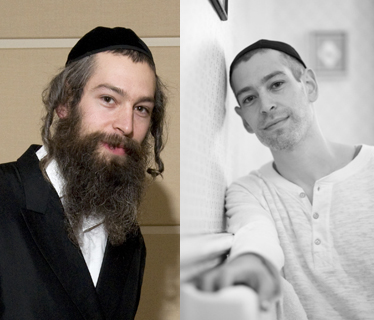

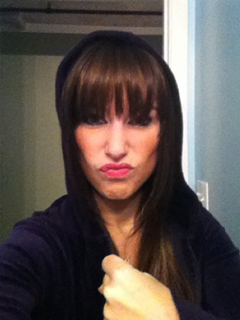
.jpg)



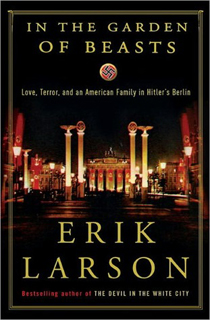

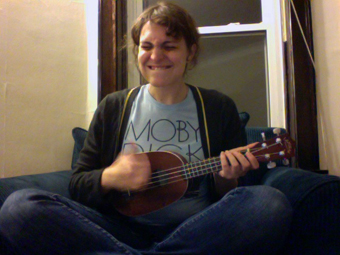
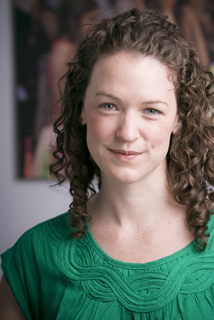

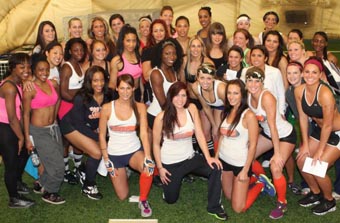
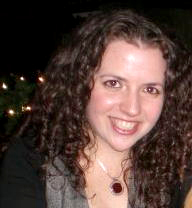

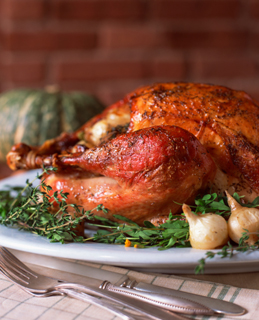
.jpg)


.jpg)
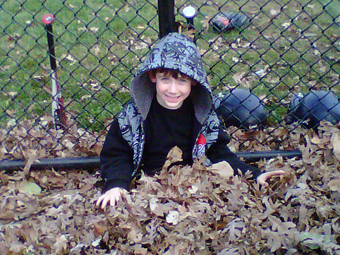

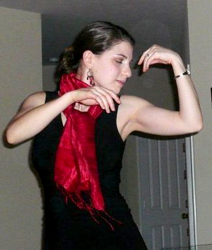















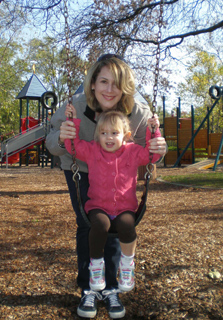


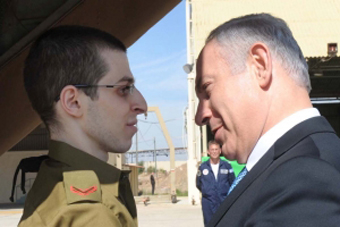



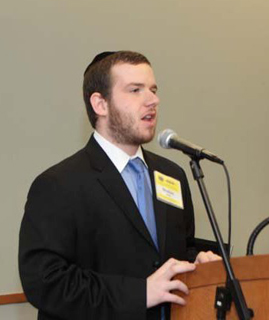





.jpg)




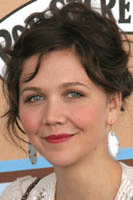




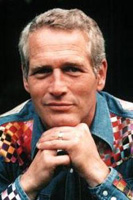



.jpg)
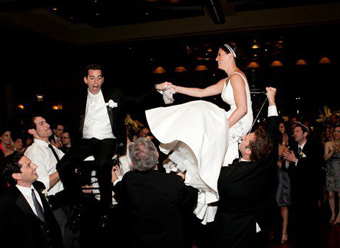
(1).jpg)

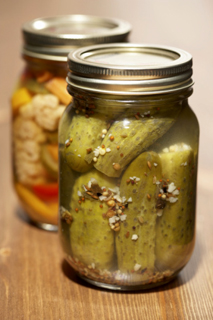
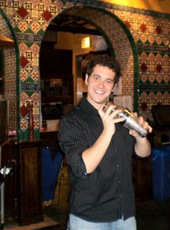
.jpg)

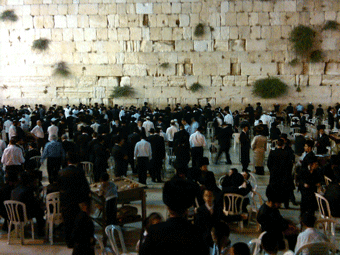

.jpg)
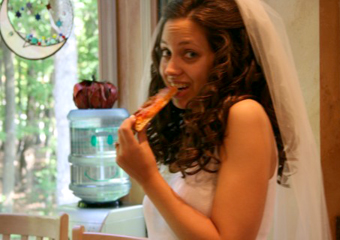
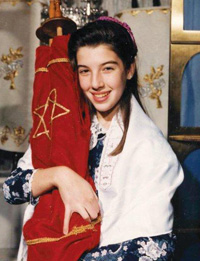
.jpg)
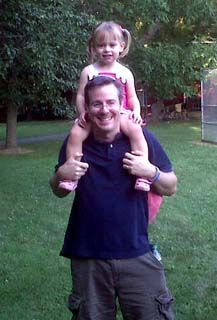
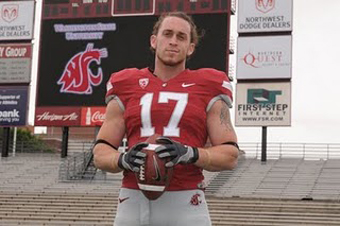



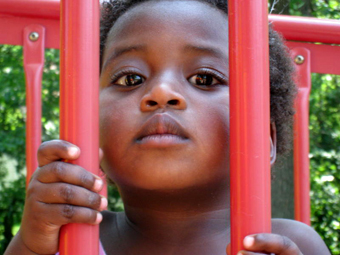

.jpg)

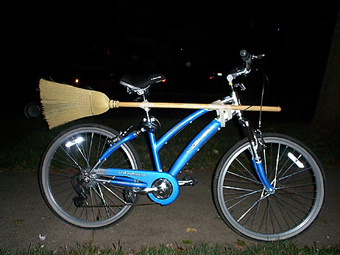



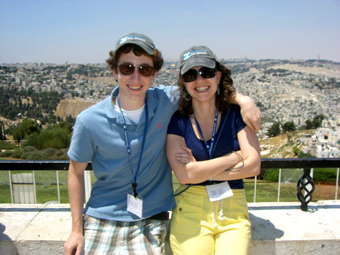


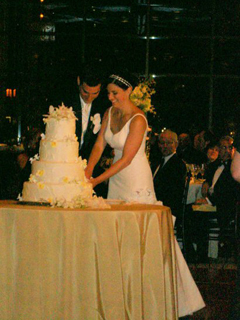




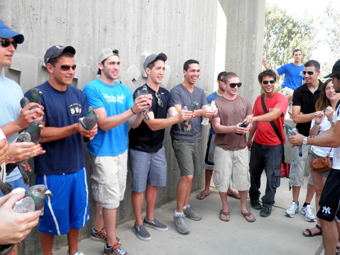




.jpg)


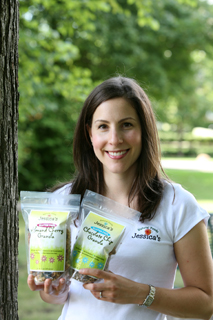
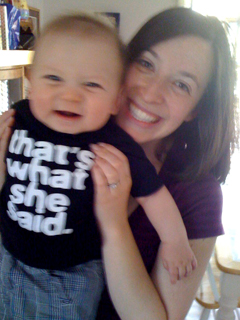


.jpg)

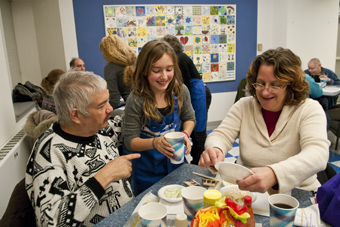
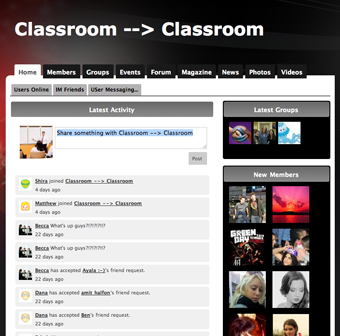


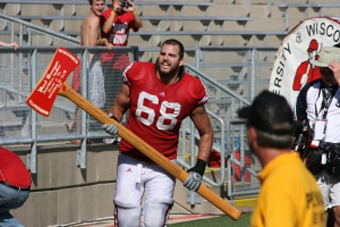
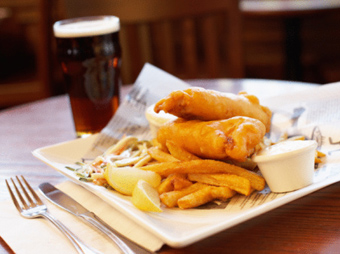
.jpg)

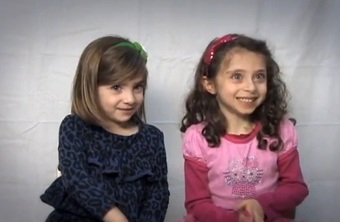
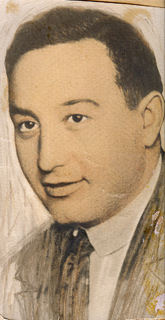
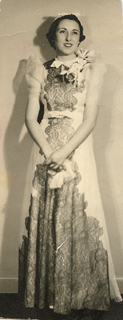
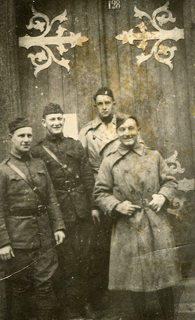




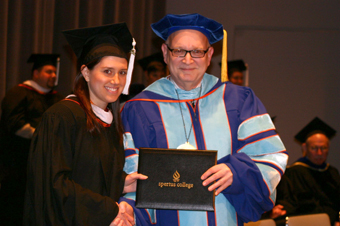


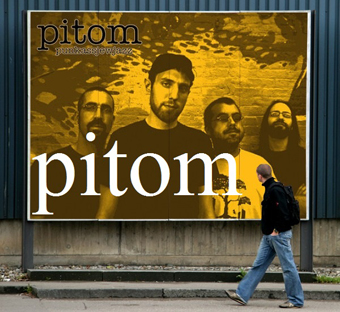
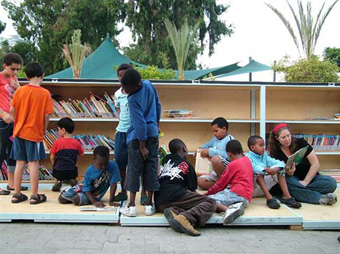
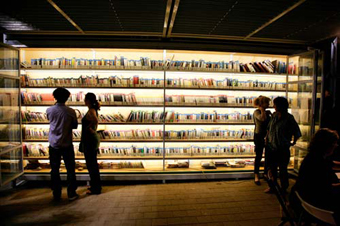
.jpg)
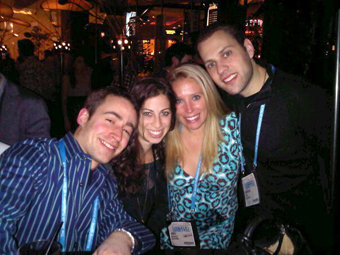
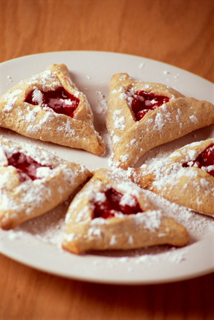

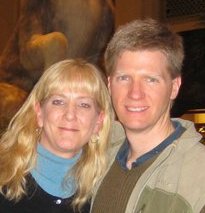

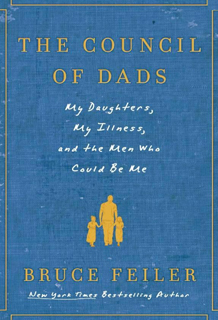

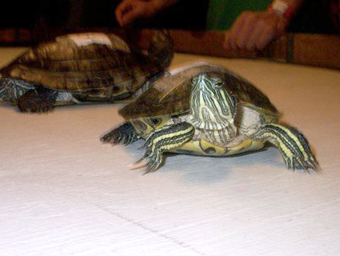
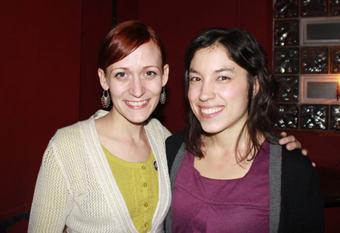
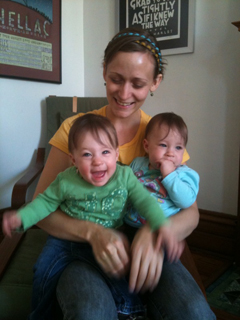


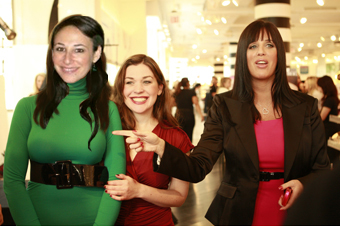

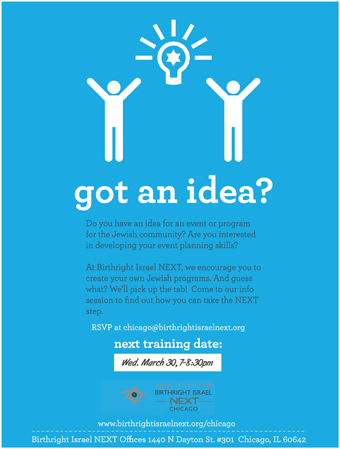


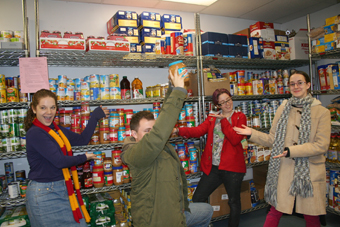

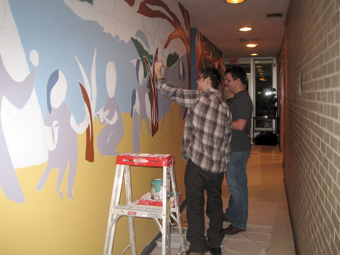












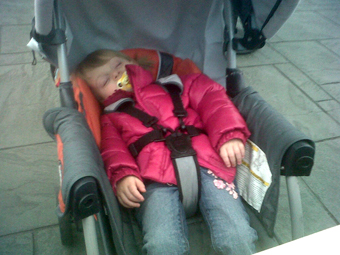

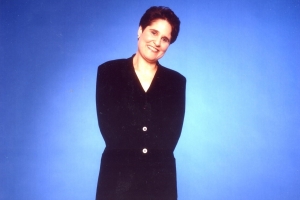



.jpg)



